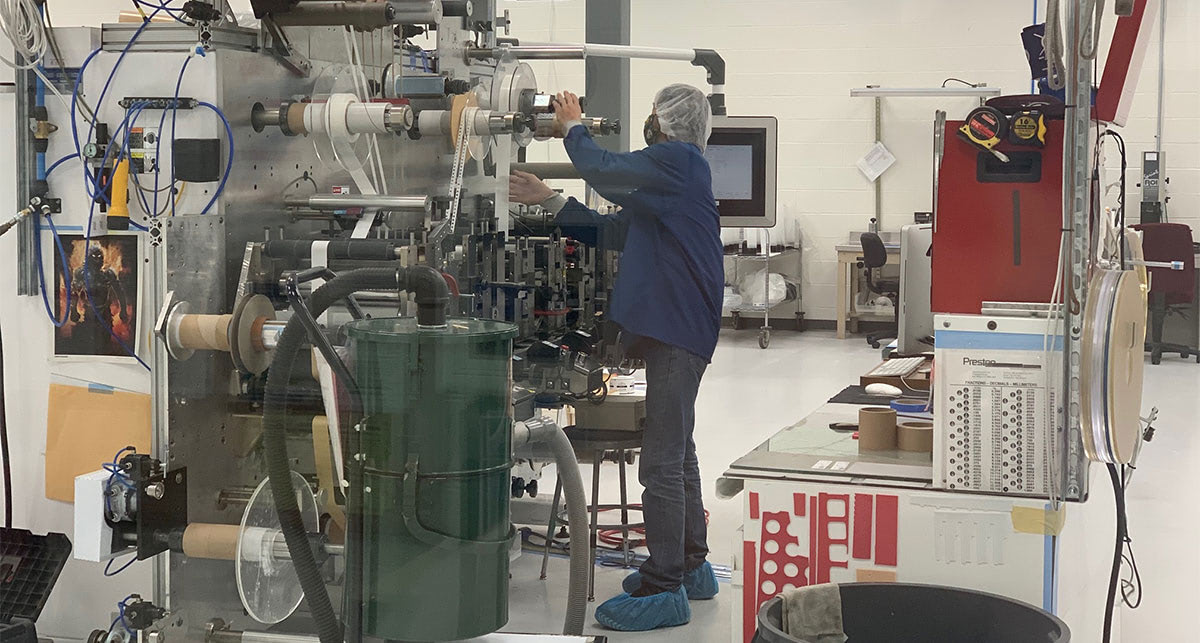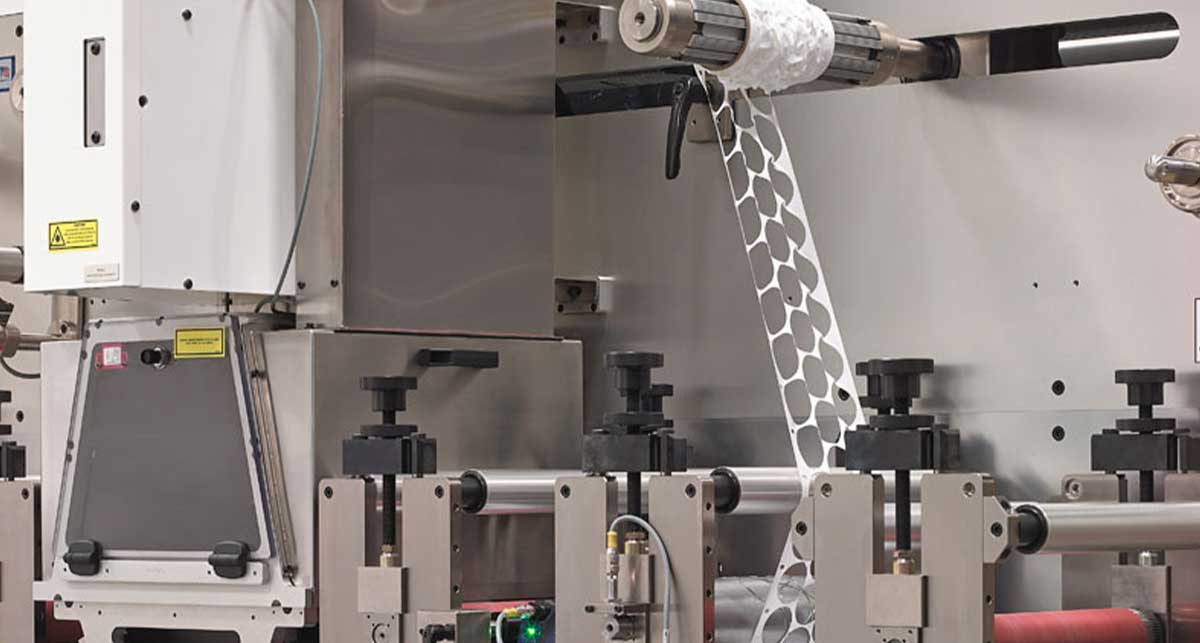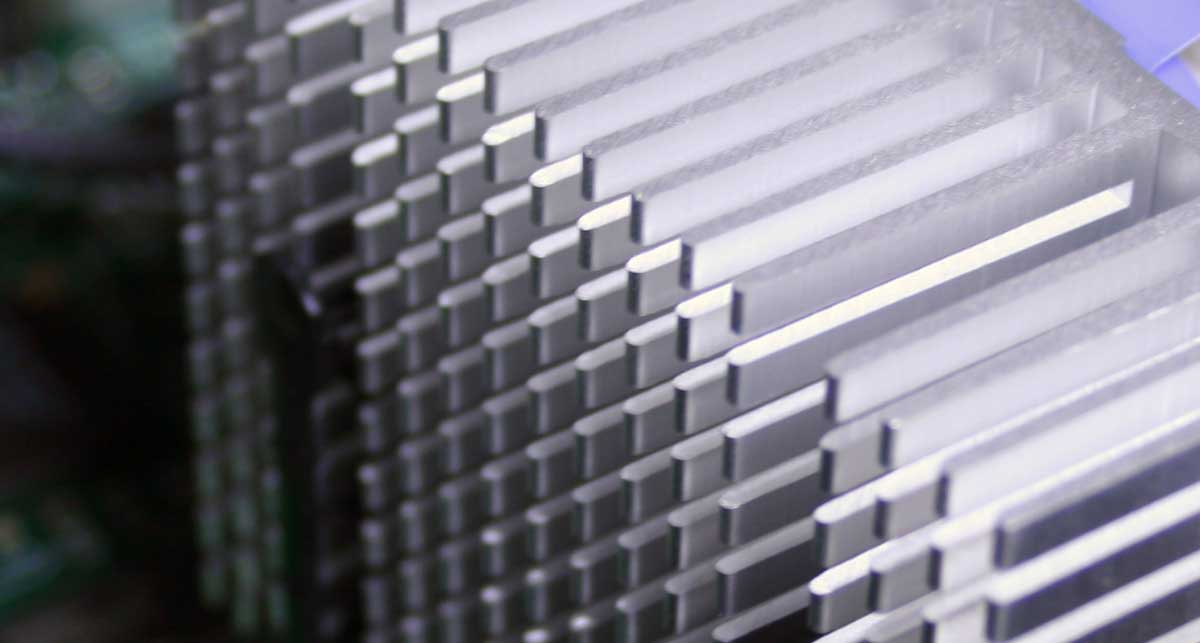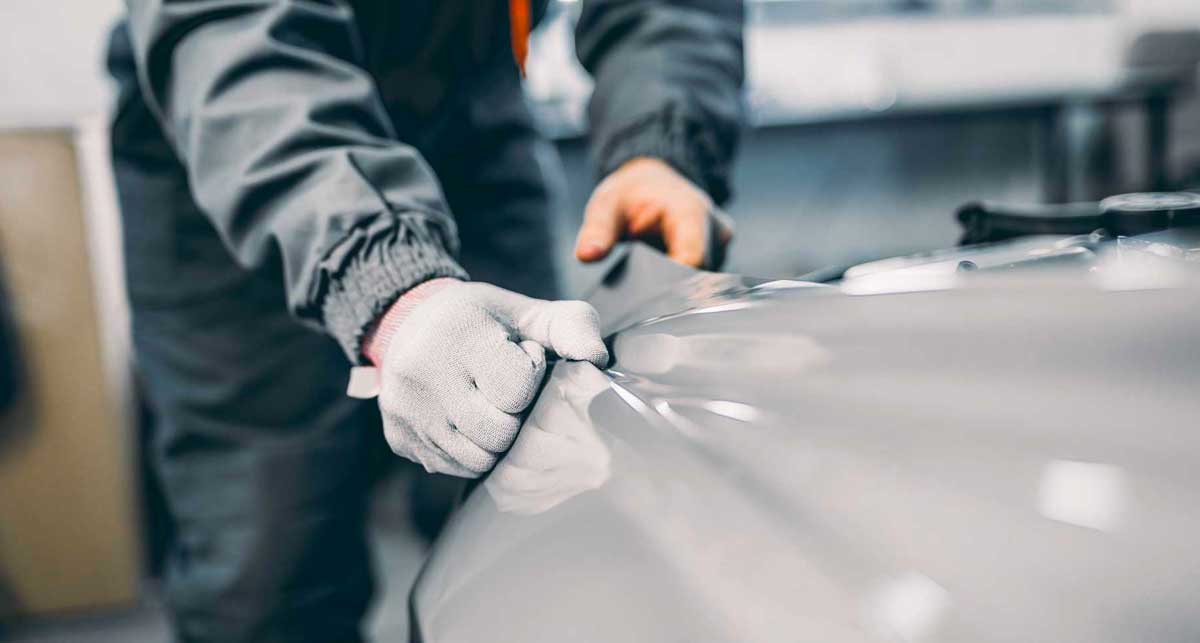Imagine that you’ve created a new electronic product.
Your product is fantastic, and you would love to show it to the world. But what happens when you turn it on? The battery instantly catches on fire, leading to unhappy customers and recalls, worsening your reputation, and inviting potential lawsuits.
Many products are tested for reliability before coming to market, and the best way to certify electric goods is through UL certification.
Over the last three decades, Strouse has worked to ensure accuracy in the parts we build. UL certification requires that your product meet industry safety standards, such as the UL 9540 energy storage standards.
If you have a product that could require electronic safety testing, reading this article will prepare you for that project phase.
What Is The Difference Between UL Listed and UL Recognized?
UL Listed and UL Recognized are two types of safety qualifications intended for different products.
WHAT DOES UL LISTED MEAN?
UL Listed means that the stand-alone product was tested as a whole rather than just its components. The requirements for UL listed tend to be stricter because it’s intended as a seal of endorsement for purchasers.
UL-listed products have undergone many requirements, most of which are based on UL’s published Standards for safety. Yet, products are evaluated with additional needs in cases such as:
- Functional safety
- Energy efficiency
- Use in security
- Use in gas-fired equipment and marine environments
In addition, environmental and safety codes differ from state to state, so you should check with UL to remain compliant.
The last consideration is UL’s marketing. When displaying the certification, an appropriate version of the UL listed mark is typically enough as long as your product shows the complete UL mark.
WHAT DOES UL RECOGNIZED MEAN?
UL Recognition is more production-focused, centering around your product's machinery and different working parts. With Recognition, UL has ensured that your equipment is properly housed but might need additional installation precautions.
Once again: UL Listed checks the whole product while UL Recognition checks product components for industry standards.
Whether you seek UL Recognized or Listed ultimately depends on your needs. For instance, you’d likely want a UL Recognized certification if the various components of your product had specific industry regulations in place.
Now, we’re going to discuss specific UL listed classifications, such as UL 9540 or 9450a, to help you understand how their labels prove verification for different safety requirements.
UL 9540 vs. UL 9540a — What’s the Difference?
The difference between UL 9540 and UL 9540a is that the former is a set of standards for energy storage systems to follow, while the latter is a specific test intended to gauge thermal runaway.
What is UL9540 Certification?
UL 9540 is a safety standard for an energy storage system (ESS) and equipment intended for connection to a local utility grid or standalone application. It designates vital issues associated with ESS, including:
- Safety of the battery system
- Functional safety
- Fire detection & suppression
- Containment
- Environmental performance
- —and more!
UL 9540 REQUIREMENTS
Before getting a UL certification, you must ensure your product meets the requirements! For UL 9540, your device shouldn’t exceed the maximum energy capacity:
- For an outdoor wall-mounted electrochemical ESS unit, not over 20kWh (72 MJ)
- For residential use, electrochemical ESS, not over 20kWh (72 MJ)
- For non-residential use, electrochemical ESS not over 50kWh (180 MJ)
You should also check that the product’s polymeric materials comply with the requirements outlined in UL 746C. The only exceptions are electronic systems intended for outdoor installation and electrochemical ESSes, which need to employ an enclosure of non-combustible materials.
Lastly, before you get a product certified, ensure you’ve got some cash in hand. Getting your product approved usually costs between $5,000 and $15,000.
What is UL9540A Certification?
UL 9540A is a test method for evaluating thermal runaway propagation for battery energy storage systems. This is very useful for engineers and developers to verify the effectiveness of the product’s protection against key issues like fire.
The UL 9540A test does not directly award the certificate. Instead, it provides data for manufacturers to determine whether their products meet the regulations.
THE UL 9540A TEST HIERARCHY
UL 9540a tests determine how the electronic components might act in a worst-case scenario. There are four stages in the UL9540A test method:
- Cell Level Test: At this level, UL examines whether a cell can exhibit thermal runaway and checks its characteristics and flammability.
- Module Level Test: In this stage, the main goal is to determine whether thermal runaway propagates with the module. They will also find out the heat release and gas composition.
- Unit Level Test: Now, they will look at the whole unit and see the following: First, they will find out how quickly fire spreads. Then, they will look for its heat and gas release rates and other hazards.
- Installation Level Test: Lastly, they do an installation test. This is an optional test, but its goal is to determine the effectiveness of the product’s fire protection.
How To Get Your UL Certification
So, you’re wondering how to get your product UL-certified. Fortunately, the process is relatively simple.
- Go to UL’s website and navigate to the “Contact Us” page. You’ll find all the relevant information and forms to submit your product sample for UL testing.
- Send in your product sample. Once UL has received your prototype, they will take tests to ensure that your product fulfills OSHA and ANSI standards.
- As soon as the tests are completed, they’ll decide if the product complies with the requirements and standards. Then, UL charges a fee for the administration of the tests.
- Once UL has verified that your product is safe and fulfills OSHA and ANSI standards, they will issue you a certificate. Then, you can add the UL logo to all manufactured products.
This whole process usually takes around six months but could also take multiple years. It all depends on how complex your product is and if the prototype is technically compliant with all applicable UL standards.
What Happens After My Product is UL Certified?
Congratulations! Your product got accepted for UL certification. Yet, you should know a few more things going forward.
PREPARE FOR REGULAR INSPECTIONS
After getting your UL certification, you’ll be required to let them inspect your product regularly. This is to ensure that your product maintains UL’s standards. When UL spots that your product is non-compliant, you will be given a variation notice, and you’ll have to resolve any issues as fast as possible.
UNDERSTAND THE REDESIGN PROCESS
Now, it’s harder to do redesigns. When modifying a certified product, you’ll have to pick from two options: Either choose a material approved by UL or send your revised product for another patch of tests.
Ensuring a Successful UL Certification Process
Getting a UL certification will not only confirm that your product is safe and reliable but also raise your clients’ trust because of the UL logo. However, if your product isn’t finalized before submission, it can take far longer than anticipated.
An unoptimized project will delay your product launch and increase your costs. In the worst-case scenario, you might even abandon the whole project, wasting your effort and money.
Don’t risk delaying your project because of confusion over certifications or an overly complicated design. Instead, test out your product to ensure that the design and materials are fully functional before you seek certification.
Get a sample today, or read about more product resources in our Learning Center.
Originally published: May 25, 2021







